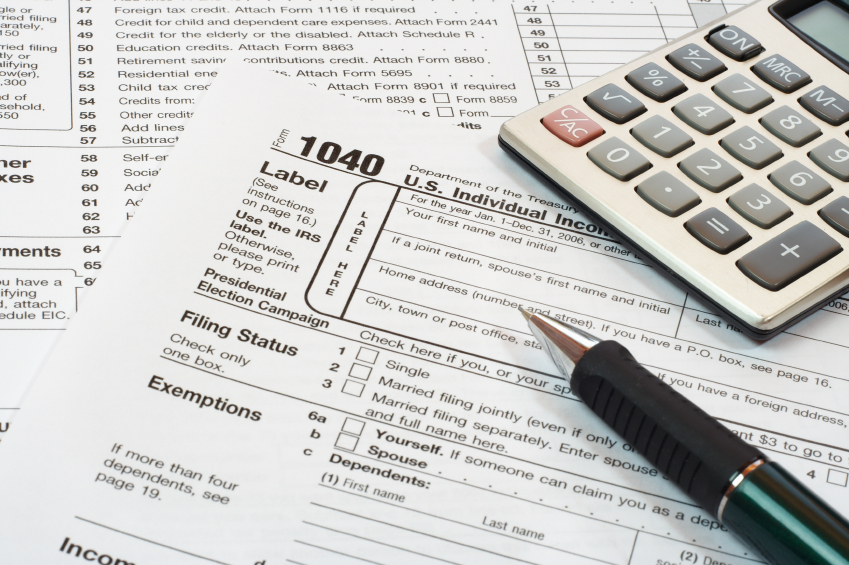1. Tax form to amend your return. Use Form 1040X, Amended U.S. Individual Income Tax Return, to correct your tax return. You must file a paper Form 1040X; it can’t be e-filed. You can get the form on IRS.gov/forms at any time. See the Form 1040X instructions for the address where you should mail your form.
2. Amend to correct errors. You should file an amended tax return to correct errors or make changes to your original tax return. For example, you should amend to change your filing status, or to correct your income, deductions or credits.
3. Don’t amend for math errors, missing forms. You normally don’t need to file an amended return to correct math errors. The IRS will automatically correct those for you. Also, do not file an amended return if you forgot to attach tax forms, such as a Form W-2 or a schedule. The IRS will mail you a request for them in most cases.
4. Most taxpayers don’t need to amend to correct Form 1095-A, Health Insurance Marketplace Statement, errors. Eligible taxpayers who filed a 2014 tax return and claimed a premium tax credit using incorrect information from either the federally-facilitated or a state-based Health Insurance Marketplace, generally do not have to file an amended return regardless of the nature of the error, even if additional taxes would be owed. The IRS may contact you to ask for a copy of your corrected Form 1095-A to verify the information.
5. Time limit to claim a refund. You usually have three years from the date you filed your original tax return to file Form 1040X to claim a refund. You can file it within two years from the date you paid the tax, if that date is later. That means the last day for most people to file a 2011 claim for a refund is April 15, 2015. See the Form 1040X instructions for special rules that apply to some claims.
6. Separate forms for each year. If you are amending more than one tax return, prepare a 1040X for each year. You should mail each year in separate envelopes. Note the tax year of the return you are amending at the top of Form 1040X. Check the form’s instructions for where to mail your return.
7. Attach other forms with changes. If you use other IRS forms or schedules to make changes, make sure to attach them to your Form 1040X.
8. When to file for second refund. If you are due a refund from your original return, wait to get that refund before filing Form 1040X to claim an additional refund. Amended returns take up to 16 weeks to process. You may spend your original refund while you wait for any additional refund.
9. Pay added tax as soon as you can. If you owe more tax, file your Form 1040X and pay the tax as soon as you can. This will stop added interest and penalties. Use IRS Direct Pay to pay your tax directly from your checking or savings account.
10. Track your amended return. You can track the status of your amended tax return three weeks after you file with ‘Where’s My Amended Return?’ This tool is on IRS.gov or by phone at 866-464-2050. It is available in English and in Spanish. The tool can track the status of an amended return for the current year and up to three years back. To use ‘Where’s My Amended Return?’ enter your taxpayer identification number, which is usually your Social Security number. You will also enter your date of birth and zip code. If you have filed amended returns for multiple years, you can check each year one at a time.

 RSS Feed
RSS Feed
